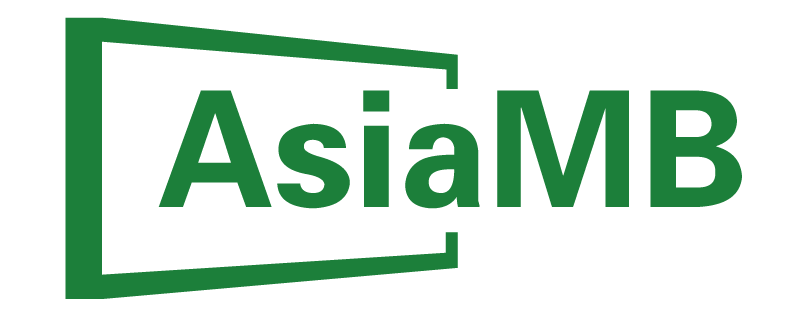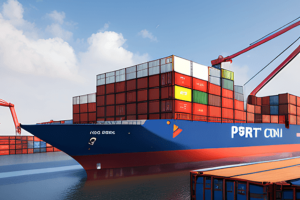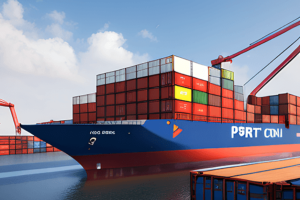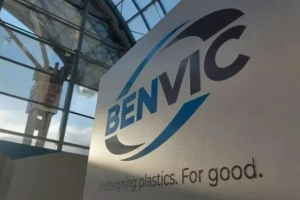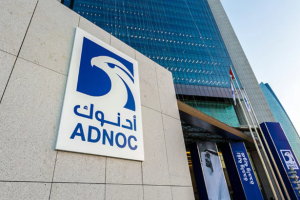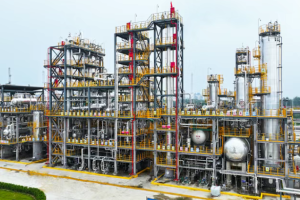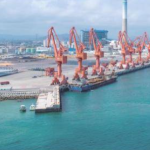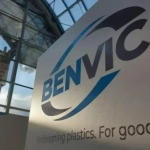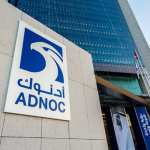July 20, 2025 –
Europe’s PET Packaging Industry Takes Major Step Toward Circular Economy
The European PET Bottle Platform (EPBP) has introduced a groundbreaking “PET Bottle Circularity Test Protocol,” marking a significant advancement in sustainable packaging solutions for the plastics industry. This innovative framework moves beyond traditional recyclability assessments to evaluate packaging performance through multiple recycling cycles.

Developed as an evolution of EPBP’s existing Design for Recyclability guidelines, the new protocol enables manufacturers to simulate real-world recycling scenarios during product development. The testing methodology provides critical data on material degradation and performance retention across successive recycling processes, allowing for optimized packaging designs that maintain quality throughout their lifecycle.
“Today’s announcement represents a paradigm shift in how we approach PET packaging sustainability,” commented EPBP Co-Chair Antoinette van der Meer. “By focusing on circular performance rather than single-use recyclability, we’re aligning with the EU’s ambitious Packaging and Packaging Waste Regulation targets.”
Key features of the protocol include:
- Advanced simulation of high-content rPET formulations
- Performance tracking across multiple recycling iterations
- Quality maintenance benchmarks for recycled materials
- Design optimization guidelines for circular economy compliance
The packaging industry faces mounting pressure to transition from linear to circular models, particularly with EU regulations mandating minimum recycled content thresholds. EPBP’s new protocol arrives as manufacturers scramble to develop packaging that performs equally well in primary use and subsequent recycling loops.
While the original recyclability guidelines remain available during the transition period, industry analysts predict rapid adoption of the circularity protocol. “This isn’t just about compliance anymore,” noted packaging expert Dr. Lars Björnström. “Brands that can demonstrate superior circular performance will gain significant competitive advantage in sustainability-conscious markets.”
The protocol development involved collaboration with CEN/TC 261, Europe’s standardization body for packaging, ensuring alignment with broader industry standards. EPBP plans to release detailed implementation guidelines and case studies in Q3 2025 to facilitate industry adoption.
For color masterbatch producers, the new protocol presents both challenges and opportunities. Formulations must now maintain color consistency and performance across multiple recycling phases, potentially driving innovation in heat-stable pigments and additive technologies. AsiaMB will continue monitoring how these developments impact the global masterbatch supply chain.
